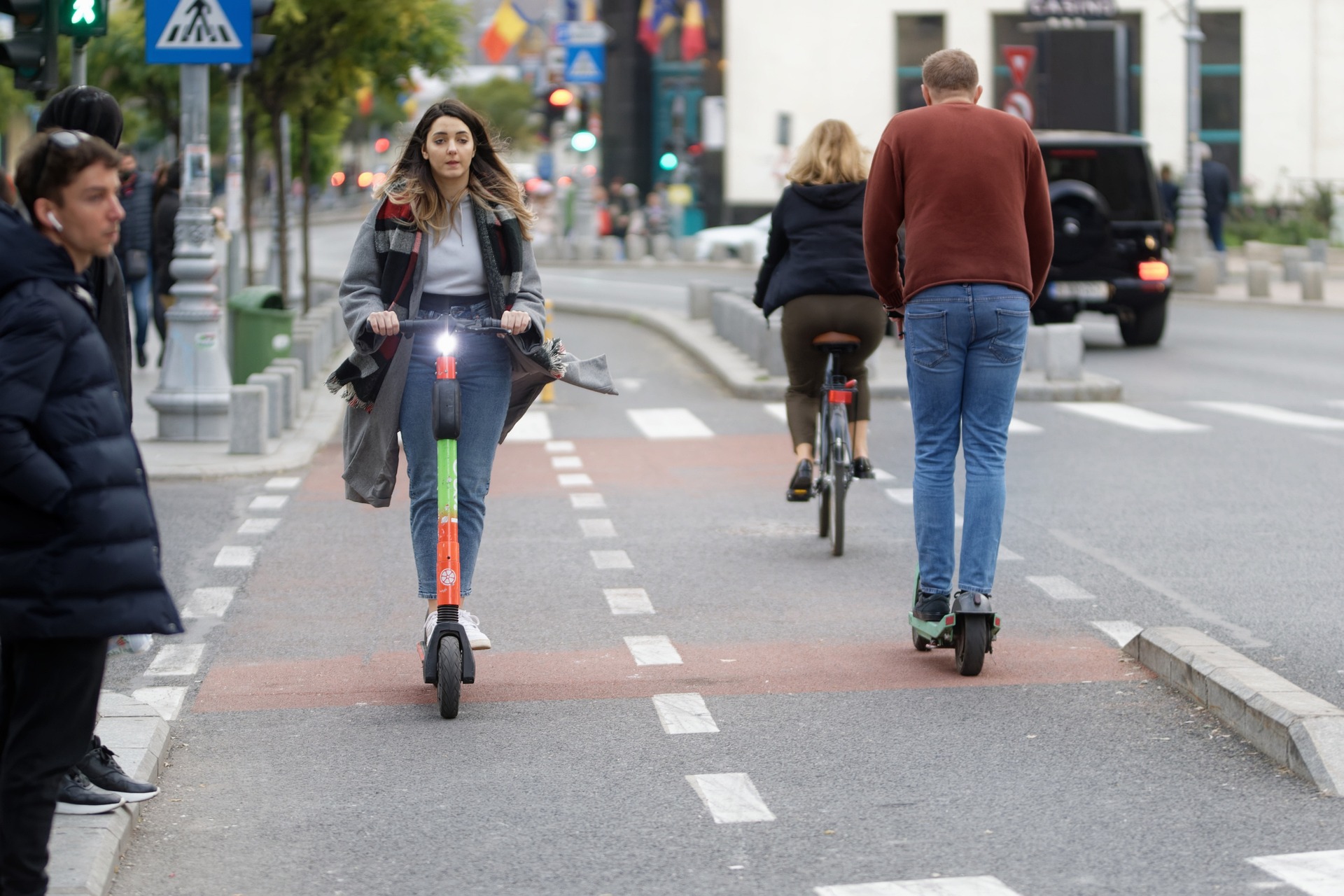How Electric Mobility is Changing Urban Commuting
Electric mobility solutions are reshaping how cities move. From scooters to compact vehicles, explore how electric transport encourages sustainability, reduces congestion, and offers efficient alternatives for short daily commutes in busy urban settings.

Cities across the globe are experiencing a mobility revolution driven by electric-powered vehicles and innovative transport solutions. This shift is not merely about adopting new technology but fundamentally rethinking how urban spaces accommodate movement, reduce environmental impact, and improve quality of life. Electric mobility encompasses various modes of transport, including e-bikes, electric scooters, electric buses, and shared mobility services that collectively contribute to more sustainable urban environments.
The transformation is particularly visible in densely populated areas where traditional car-dependent infrastructure struggles to meet modern demands. Electric mobility options offer flexibility, reduced emissions, and often cost-effective alternatives to conventional transportation methods. As infrastructure develops and technology improves, these solutions are becoming increasingly integrated into the fabric of urban life.
What Are the Current Electric Mobility Trends?
Electric mobility trends reflect a growing emphasis on sustainability, convenience, and technological integration. Shared e-scooter and e-bike programs have expanded rapidly in cities worldwide, offering on-demand access to electric vehicles through smartphone applications. These services eliminate the need for ownership while providing flexible transportation options for short to medium distances.
Micromobility solutions have gained particular traction among urban commuters seeking alternatives to crowded public transport or expensive car ownership. Electric vehicles designed for personal use, including compact scooters and electric bicycles, have become more affordable and accessible. Battery technology improvements have extended range capabilities, making electric options viable for longer commutes.
Smart city initiatives increasingly incorporate electric mobility infrastructure, including dedicated lanes, charging stations, and integrated payment systems. Data-driven approaches help optimize vehicle distribution, maintenance schedules, and route planning. These trends indicate a broader movement toward interconnected, sustainable urban transport ecosystems that prioritize efficiency and environmental responsibility.
Which Eco-Friendly Transport Options Are Available?
Eco-friendly transport options have diversified significantly, offering solutions for various commuting needs and preferences. Electric bicycles provide pedal-assist technology that makes cycling accessible to broader demographics, including those who might find traditional bikes challenging due to distance or terrain. These vehicles produce zero direct emissions while promoting physical activity.
Electric scooters, both personal and shared, offer compact, efficient transport for shorter urban journeys. Their lightweight design and ease of use make them particularly popular for last-mile connectivity, bridging gaps between public transport stations and final destinations. Electric buses and trams represent larger-scale eco-friendly options, transporting multiple passengers while reducing urban air pollution.
Carpooling platforms and electric car-sharing services provide alternatives to private vehicle ownership, reducing the number of cars on roads while offering flexibility. Walking and traditional cycling remain foundational eco-friendly options that require no energy consumption beyond human effort. The combination of these alternatives creates a comprehensive ecosystem of sustainable transport choices adapted to different needs, distances, and circumstances.
What Are the Benefits of E-Scooters?
E-scooters deliver multiple advantages that contribute to their growing popularity in urban environments. They offer exceptional convenience for short-distance travel, typically covering one to five kilometers efficiently. Users can quickly navigate through congested areas, often reaching destinations faster than cars during peak traffic periods. The compact design allows for easy storage and portability.
From an environmental perspective, e-scooters produce zero direct emissions during operation, contributing to improved urban air quality. They require significantly less energy than cars and occupy minimal space, both while in use and when parked. This efficiency helps reduce urban congestion and the demand for parking infrastructure.
Economically, e-scooters present cost-effective transportation, particularly for occasional users accessing shared services. Operating costs remain low compared to car ownership, including fuel, insurance, and maintenance expenses. The accessibility of e-scooters, requiring minimal training or licensing in most jurisdictions, makes them available to diverse user groups. Health benefits include moderate physical activity from balancing and steering, while the outdoor experience can improve mental well-being compared to enclosed vehicle commuting.
How Does Sustainable City Commuting Work?
Sustainable city commuting integrates multiple transportation modes to create efficient, environmentally responsible travel patterns. The concept relies on multimodal transport systems where commuters combine walking, cycling, public transport, and electric vehicles based on specific journey requirements. This flexibility reduces dependence on single-occupancy vehicles while optimizing time and resource use.
Infrastructure development plays a crucial role in enabling sustainable commuting. Dedicated cycling lanes, pedestrian zones, and electric vehicle charging networks create safe, accessible environments for alternative transport. Transit hubs facilitate seamless transfers between different modes, making combined journeys practical and efficient.
Digital platforms enhance sustainable commuting by providing real-time information on routes, schedules, and vehicle availability. Journey planning applications help users identify optimal combinations of transport modes, considering factors like time, cost, and environmental impact. Payment integration across different services simplifies the user experience, removing barriers to multimodal travel.
Policy measures, including congestion pricing, low-emission zones, and parking restrictions, encourage sustainable choices by making car use less attractive in urban centers. Incentives for electric vehicle adoption and public transport subsidies further support the transition toward sustainable commuting patterns. Education and awareness campaigns help shift cultural attitudes, normalizing alternative transport and highlighting collective environmental benefits.
Conclusion
Electric mobility is fundamentally reshaping urban commuting by offering diverse, sustainable alternatives to traditional transportation methods. The convergence of technological innovation, environmental awareness, and supportive infrastructure creates opportunities for cities to address longstanding challenges related to congestion, pollution, and accessibility. As electric mobility trends continue evolving, the integration of e-scooters, e-bikes, and other eco-friendly transport options becomes increasingly seamless within urban environments. The benefits extend beyond individual convenience to encompass broader societal advantages, including improved air quality, reduced carbon emissions, and more livable cities. Sustainable city commuting represents not just a transportation strategy but a comprehensive approach to urban planning that prioritizes environmental responsibility, public health, and quality of life. The ongoing transformation demonstrates that viable alternatives to car-dependent infrastructure exist and can be successfully implemented when supported by appropriate policies, infrastructure investments, and community engagement.




